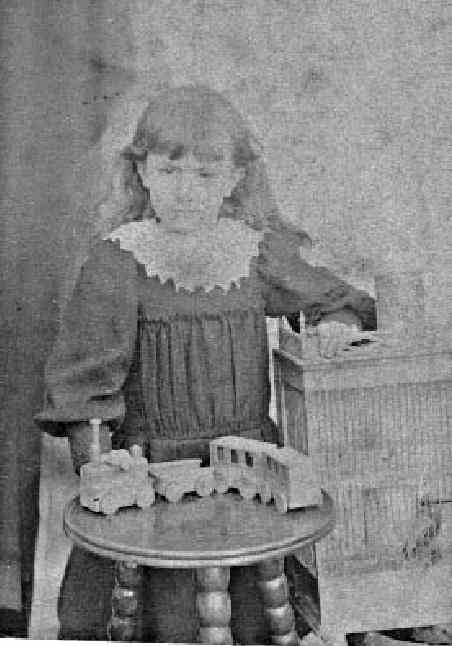
Figure 12.--HBC believes this child may be a boy. The toy train is the most obvious clue, but there are others.


Figure 12.--HBC believes this child may be a boy. The toy train is the most obvious clue, but there are others. |
Most would say that this child is definitely a girl, especially because of the hair do, small hair bows and what looks like a dress. HBC is not so convinced. And in fact considers this to be another tough image to assess. The child definitely could be a boy, but there is no way of knowing for sure. Many boys in the late 19th century wore dresses ans smocks. The toy train is the most obvious clue, but there are others.
In assessing images, it is always helpful to date it. HBC believes that this portrait was probably taken in the late 1870s, perhaps the 1880s. The large collar suggests the 1880s or perhaps the late 1870s. The quality of the photograph and posing so the subject could steadybhimself (because of the slow emulsions) suggests the 1870s. The fact that the child's hair, if he is a boy, is not curled suggests the 1870s. American boys kept in long hair by the 1880s were more likely to have it curled. This uncurled style was more popular in France than America. The wooden material and style of the train would seem appropriate for the 1870s.
The image is unidentified, but is presumably American.
The child's face would seem to look boyish, however this is an imperfect indicator at best.
The fact that the child's hair, if he is a boy, is not curled suggests the 1870s. American boys kept in long hair by the 1880s were more likely to have it curled. There is no way to determine from the hair style, however, if this is a boy or girl.
The child's hair bows in particular would lead many to conluse this child is a girl. HBC has noted, however, that some boys had hair bows added to their curls--even boys much older than this child. Thus the hair boy does not rule out that the child may be a boy.
One notable characteristic of the child's dress is its plainess. This dress could have been worn by a boy or girl. HBC believes, however, that the plainess of te dress suggests a boy. One would assume that in the 1870s a girl from an affluent family would put on her bes party dressm which would be much famcier than this dress. The toy train and bird cage are stronge indicators of affluence.
The child is wearing a back buttoning dress. This is one stylistic device used to destinguish boys' and girls' dresses. However, these destinctions were only beginnng to decelop in the 1870s.
The two props in this portait are confusing. A toy train in the 1870s would suggest a boy. A bird cage would be more likely to interest a girl.
A HBC contributor comments, "I have looked at a lot of little girl photos on ebay and I have never seen one showing a girl with a toy train or for that matter any other boys'
toys. The main props for girls seem to be dolls, parasols, flowers,
baskets, jumping ropes, and sometimes hoops. Boys on the other hand are
photographed with sticks, whips, hobby horses, wagons, and sometimes a hoop
or even a boy doll. I would also say that the pose in this photo is boyish
and by the defiant look on his face I would say he is not too happy about
being photographed in a dress."
Navigate the Historic Boys' Clothing Web Site:
[Return to the Difficult gender page2]
[Introduction]
[Activities]
[Bibliographies]
[Chronologies]
[Contributions]
[FAQs]
[Gender]
[Links]
[Style Index]
[Boys' Clothing Home]